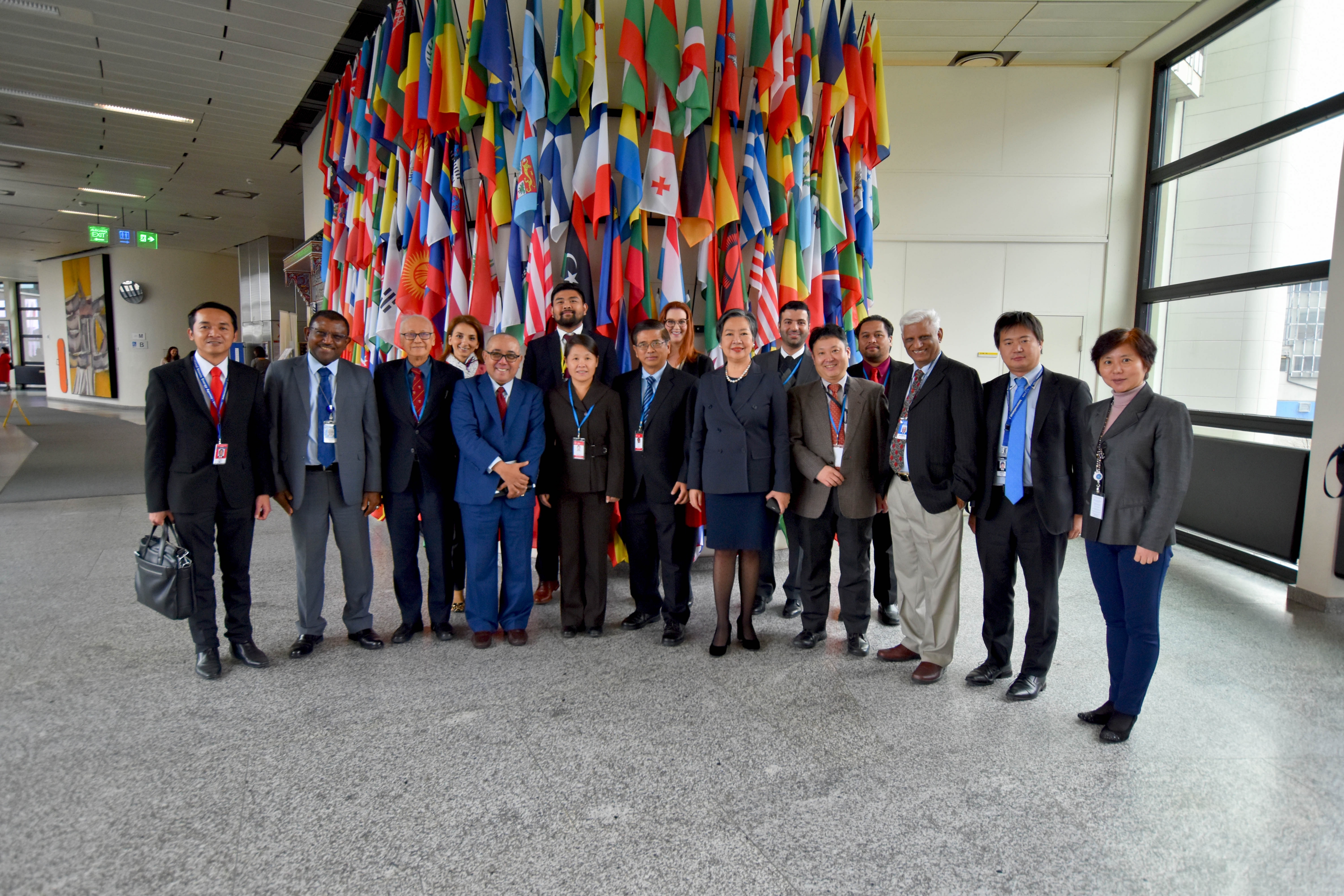Subsequently, experts from universities in the Asia and the Pacific Region delivered presentations which clarified the current state and future ambitions of nuclear education programmes at universities in their countries.
Following their presentations, the attending experts engaged in a comprehensive discussion which identified commonalities in Member State approaches to post-secondary nuclear education, highlighting potential opportunities for cooperation between academic institutions. On the basis of their discussions, the experts agreed to compile a list of the relevant best practices, experiences and lessons learned in their respective Member States, in order to develop and disseminate a compendium which may act as a reference document for tertiary school teachers throughout the region. This new resource for third level educators will complement the Compendium of Resources on Nuclear Science and Technology for Secondary School Teachers and Students, which was launched in 2016 to help teachers organize new classroom and after-school activities which can be used to teach science in a more thought-provoking and easy-to-understand manner.
Participants agreed to a comprehensive roadmap that establishes the most appropriate strategies for the introduction and enhancement of nuclear science and technology at the tertiary level, along with an action plan for an upcoming international workshop in April 2020 at Tsinghua University, which will focus on regional collaboration to improve and enhance the coverage of nuclear subjects in tertiary education.
[1] RAS0079, ‘Educating Secondary Students and Science Teachers on Nuclear Science and Technology’


